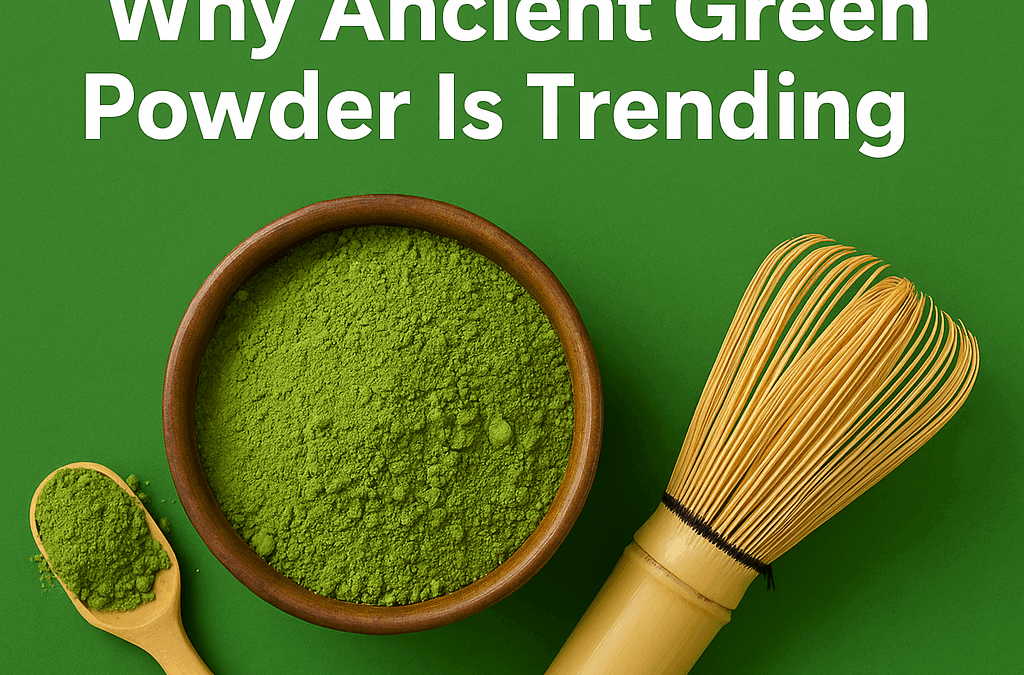
Move Over Labubu! 10 Indian Dolls That Deserve the Spotlight
If you’ve spent any time on Instagram lately, you’ve likely seen the buzz around Labubu dolls — quirky, wide-eyed figures with oversized heads and mischievous grins. They’ve become a collector’s craze, especially among Gen Z and pop-culture enthusiasts in Asia. But while Labubu might be trending, India has its own rich traditional Indian dolls — handcrafted, meaningful, and rooted in centuries of tradition.
Let’s take a moment to appreciate what’s going viral, and then deep-dive into 10 traditional Indian dolls that are just as — if not more — enchanting.
What is Labubu and Why Is Everyone Talking About It?
Labubu is a character designed by Hong Kong-based toy brand POP MART, known for its line of collectible vinyl art toys. Labubu, with its iconic fanged smile, mischievous eyes, and plush hooded outfits, is part of the The Monsters series by artist Kasing Lung.
Why it’s trending:
- Blind Box Culture: Each toy is sold in mystery boxes, creating excitement and FOMO.
- Limited Editions: Exclusive seasonal or region-based releases.
- Display Aesthetic: Labubu fits perfectly into the “shelfie” and desk-decor trends on Instagram and Pinterest.
- Kawaii Appeal: Labubu’s odd-cute look strikes a balance between creepy and adorable — a big hit in Asian toy markets.
But while Labubu toys are turning heads for their style, India’s dolls deserve admiration for their soul.
10 Traditional Indian Dolls That Are Worth Collecting
1. Channapatna Dolls – Karnataka
Originating from the town of Channapatna, these wooden dolls are made using soft ivory wood and colored with natural, non-toxic dyes. They’re polished to a smooth, lacquered finish and are completely safe for children. Recognised with a GI tag, Channapatna dolls are a blend of craftsmanship and sustainability.
2. Kathputli Puppets – Rajasthan
These traditional Rajasthani puppets are made of wood, cloth, and string. Known for their dramatic expressions and vibrant costumes, they’ve been used in village performances to narrate folktales and moral stories for centuries.
3. Natungram Dolls – West Bengal
Hand-carved in the village of Natungram, these wooden owl dolls are painted in bright reds, yellows, and greens. In Bengali culture, owls are seen as lucky and are closely linked with goddess Lakshmi. These dolls carry symbolic meaning and are a legacy of rural craftsmanship.
4. Batto Bai & Jhabua Dolls – Madhya Pradesh
Made using fabric, paper, and thread, these dolls depict tribal characters, deities, and daily life. The Batto Bai dolls are named after a legendary craftswoman, while Jhabua dolls often represent Bhil and Bhilala traditions. They preserve tribal identities and promote artisan-led storytelling.
You can explore similar tribal artistry at Tribes India.
5. Thaki Dolls – Maharashtra
Thaki dolls are handmade from cotton fabric and filled with wool or scrap cloth. Their painted faces and traditional sarees reflect the rural women of Maharashtra, bringing simple village life into artistic form. Each doll is unique, eco-conscious, and celebrates womanhood.
6. Orian Wooden Toys & Puri Clay Dolls – Odisha
Sonpur’s Orian dolls are carved from wood and painted in folk styles, while Puri’s clay dolls depict gods like Jagannath and Subhadra. Both crafts are seasonal, linked to temple festivals and rituals.They bridge folk art with religious tradition.
7. Asharikandi Terracotta Toys – Assam
From Assam’s “Terracotta Craft Village,” these reddish-orange clay toys include the famous Hatima Putul (mother figure with elephant-like ears). Made by the Namasudra community, these toys are deeply symbolic and sculpted by hand.
8. Kondapalli Toys – Andhra Pradesh
These wooden dolls are a highlight during Navratri in Andhra homes. Crafted from a softwood called Tella Poniki, the dolls depict gods, rural scenes, and local legends. They hold a GI tag and are painted in bold folk colors.
9. Varanasi Wooden Toys – Uttar Pradesh
Crafted in Varanasi and Mirzapur, these dolls are made without joints or nails. Each toy is painted b y hand and often features mythological figures, dancers, or musicians — a testament to Varanasi’s artistic soul.
10. Pavala Bommai (Dancing Dolls) – Tamil Nadu
These rocking dolls are traditionally made from clay or papier-mâché and are a staple in South Indian households during festivals like Navaratri Golu. Their movement is gentle, symbolizing balance and rhythm in life.
While Labubu wins on design and collectible value, India’s dolls bring something deeper — handmade stories, cultural memory, and soulful artistry. Supporting these crafts isn’t just about nostalgia; it’s about sustaining India’s rich craft economy and keeping folk traditions alive.
🧵 Looking for more culturally inspired stories?
Explore more heritage-rich articles in our Culture & Lifestyle section.
